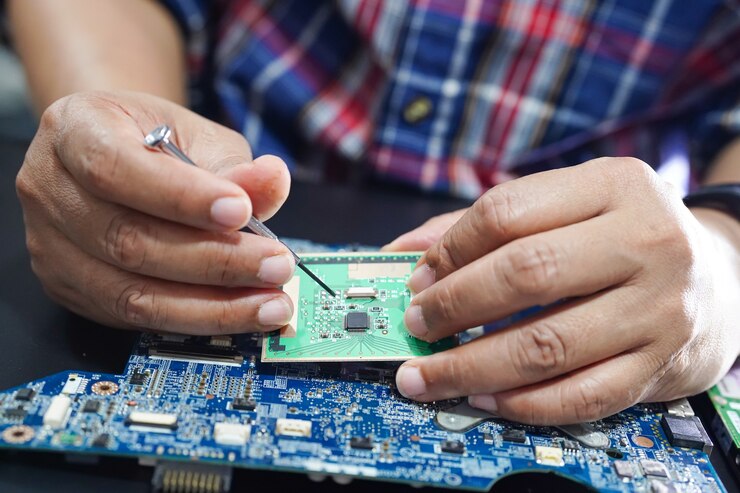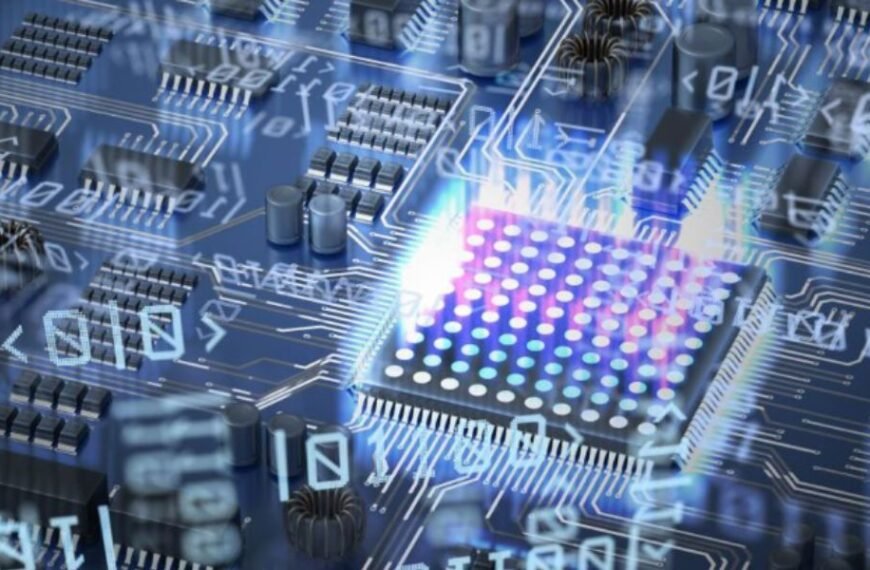In the world of PCBA (Printed Circuit Board Assembly), “GND” is one of the most commonly seen terms. It stands for “Ground” and is an essential concept in electronics design and manufacturing. Understanding GND is crucial for ensuring the functionality, stability, and safety of electronic devices.
What Does GND Represent?
GND refers to the reference point in an electrical circuit from which voltages are measured. It serves as a common return path for electrical current and is often connected to the earth (physical ground) in many applications. In PCBs, the GND layer or plane provides a stable voltage reference for all other signals and components.
Key Functions of GND in PCBA
- Voltage Reference
- GND acts as the baseline for measuring voltage levels within the circuit. All other voltages are defined relative to GND, ensuring consistency across the design.
- Current Return Path
- It provides a return path for the current flowing through various components, completing the circuit and allowing the device to function.
- Noise Reduction
- A well-designed GND plane minimizes electromagnetic interference (EMI) and ensures signal integrity by reducing noise in high-frequency circuits.
- Safety
- GND is critical for safety in devices, particularly when connected to the earth. This helps protect the system and the user from electrical hazards.
GND in PCB Design
- GND Plane
- A continuous copper layer dedicated to the ground signal, usually found in multilayer PCBs. It provides a low-impedance path for current, reduces noise, and enhances thermal dissipation.
- Star Grounding
- A method where all ground connections converge at a single point, reducing ground loops and ensuring consistent voltage references.
- Split Ground Planes
- In designs with both analog and digital circuits, the GND plane may be split to isolate sensitive analog components from noisy digital signals.
- Via Design
- Vias are used to connect GND traces between different layers of the PCB, ensuring a robust ground network.
Challenges with GND in PCBA
- Ground Loops
- Occur when there are multiple paths to ground, causing interference and signal instability. Proper grounding techniques can mitigate this issue.
- Impedance Mismatches
- Poor GND plane design can result in impedance mismatches, leading to signal reflection and noise.
- High-Frequency Noise
- At higher frequencies, even minor imperfections in the GND plane can introduce significant noise.
Importance of GND in PCBA Testing
During PCBA testing, GND serves as the reference point for measuring voltages and signals. A solid and stable GND connection is essential for accurate testing and debugging of circuits.
Conclusion
GND is more than just a symbol on a PCB schematic—it is the backbone of circuit functionality and reliability. A well-designed and implemented GND meaning system ensures stable operation, reduces noise, and enhances the overall performance of electronic devices. Understanding and prioritizing GND design in PCBA is essential for creating robust and efficient electronics.









